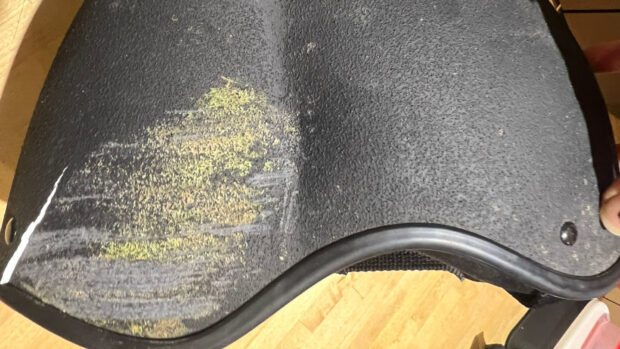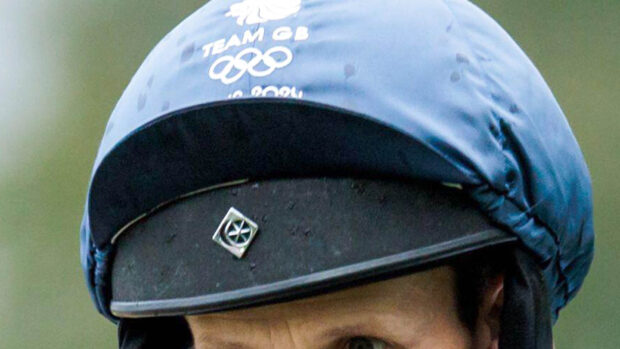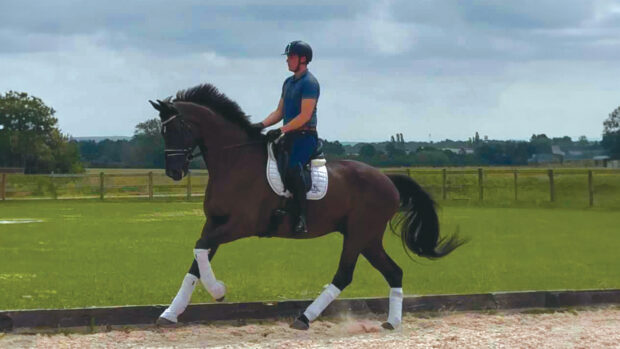Shocking results from the Hurlingham Polo Association’s (HPA) tests on popular polo helmets have shown the majority provide very poor safety levels.
The HPA sent hats from manufacturers Agripina, Calcutt & Sons, Casablanca, Cesar Cantero, Charles Owen, Fioriano Falcon and Patey to the Transport Research Laboratory (TRL) in Wokingham, Berkshire.
TRL has previously undertaken hat tests for the Mark Davies Injured Riders Fund and the British Horseracing Authority. It investigated how easily helmets were dislodged and what happened on impact and when crushed.
All three Argentine makes — Agripina, Cesar Cantero and Fioriano Falcon — received one star out of a possible five, as did British brands Patey and Calcutt & Sons.
Best was a Charles Owen hat, with three and a half stars and a hat by British/Argentine brand Casablanca received two and a half.
“I was not surprised by the results,” said HPA chief executive David Woodd. “We suspected the majority of polo helmets would not conform to British safety standards.”
However, he added that the HPA would not be bringing in new rules forcing players to wear hats of a certain standard.
The HPA is trying to encourage riders to wear mouthguards and goggles, but, with the exception of Pony Club players who must wear a PAS015 hat, there are no rules governing the standard of hats players must wear.
While polo helmets made in the UK which conform to a safety standard are marked, all hats from Argentina are unmarked.
“We felt we had a responsibility to inform members which hats were better than others, but we are very keen to leave it up to players as to whether they want a fashionable or a safer helmet,” said Mr Woodd.
“We have had various individuals and bodies saying polo was getting more dangerous, with more accidents but there has not been a rash of accidents where the helmet was at fault.
“If there were then we would look at making a rule, but we are very keen not to go down that road. Who is going to police the rule and who would be responsible if someone had a fall and we had not checked their helmet?”
The tests proved that the safest hats have a three-point harness and employ some sort of shock-absorbing material, said Camilla Halewood of TRL.
“No hat will save your life in all circumstances, but this testing shows the modern-style hat is more likely to limit injuries than the traditional helmet,” she added.
Read this story in full, including full details of how the various hats tested measured up, in Horse & Hound (29 May, ’08)



